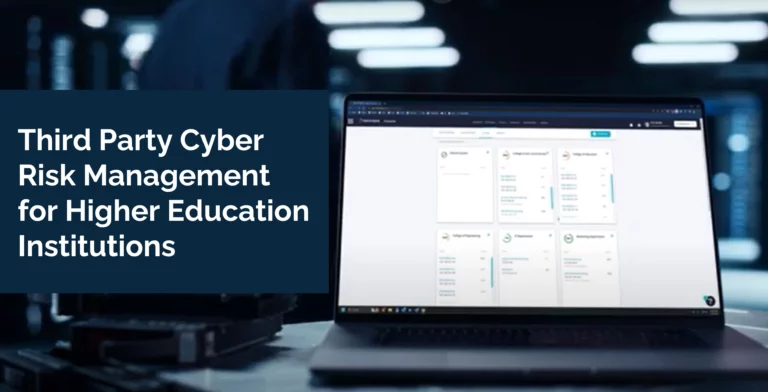
Higher Education Third-Party Cyber Risk Management Higher Education institutions can now access live vulnerability data of third-parties based on…
"This is an excellent starting point for any organization that wants to get serious about their cyber risk management. The system has the capability to grow as you become more sophisticated in your use"
IT Director
Services Industry
As we continue talking with higher educational institutions, a similar theme among all discussions is the challenging reality of having a small IT/security team and limited budget. Many are looking for ways to improve their status quo as they realize that what kept them ‘secure’ to this point will most likely not keep them secure in the future. More so than ever, higher education must keep up with emerging cyber security threats with smaller teams and more limited budget.
However, even with limited resources, proactive measures can significantly improve your cybersecurity posture. This article explores practical strategies for higher education IT and security leaders to navigate the cybersecurity landscape with a limited budget and small team.
Prioritize ruthlessly:
Embrace Automation:
While budget limitations are real and dynamic (thanks VMware price increases), a successful cyberattack can have devastating consequences, disrupting operations, compromising sensitive data, and damaging your institution’s reputation. By prioritizing strategically, embracing automation, and fostering a security-conscious culture, higher education IT and security leaders can significantly improve their institution’s cybersecurity posture, even with limited resources.
FortifyData is helping Colleges and Universities with small teams to automate their vulnerability and vendor risk management processes in a consolidated platform. Learn how we can help you, and read how our Higher Education clients are automating attack surface management, meeting GLBA Safeguards Rule compliance and hear their thoughts on our platform.



| Cookie | Duration | Description |
|---|---|---|
| cookielawinfo-checkbox-analytics | 11 months | This cookie is set by GDPR Cookie Consent plugin. The cookie is used to store the user consent for the cookies in the category "Analytics". |
| cookielawinfo-checkbox-functional | 11 months | The cookie is set by GDPR cookie consent to record the user consent for the cookies in the category "Functional". |
| cookielawinfo-checkbox-necessary | 11 months | This cookie is set by GDPR Cookie Consent plugin. The cookies is used to store the user consent for the cookies in the category "Necessary". |
| cookielawinfo-checkbox-others | 11 months | This cookie is set by GDPR Cookie Consent plugin. The cookie is used to store the user consent for the cookies in the category "Other. |
| cookielawinfo-checkbox-performance | 11 months | This cookie is set by GDPR Cookie Consent plugin. The cookie is used to store the user consent for the cookies in the category "Performance". |
| viewed_cookie_policy | 11 months | The cookie is set by the GDPR Cookie Consent plugin and is used to store whether or not user has consented to the use of cookies. It does not store any personal data. |